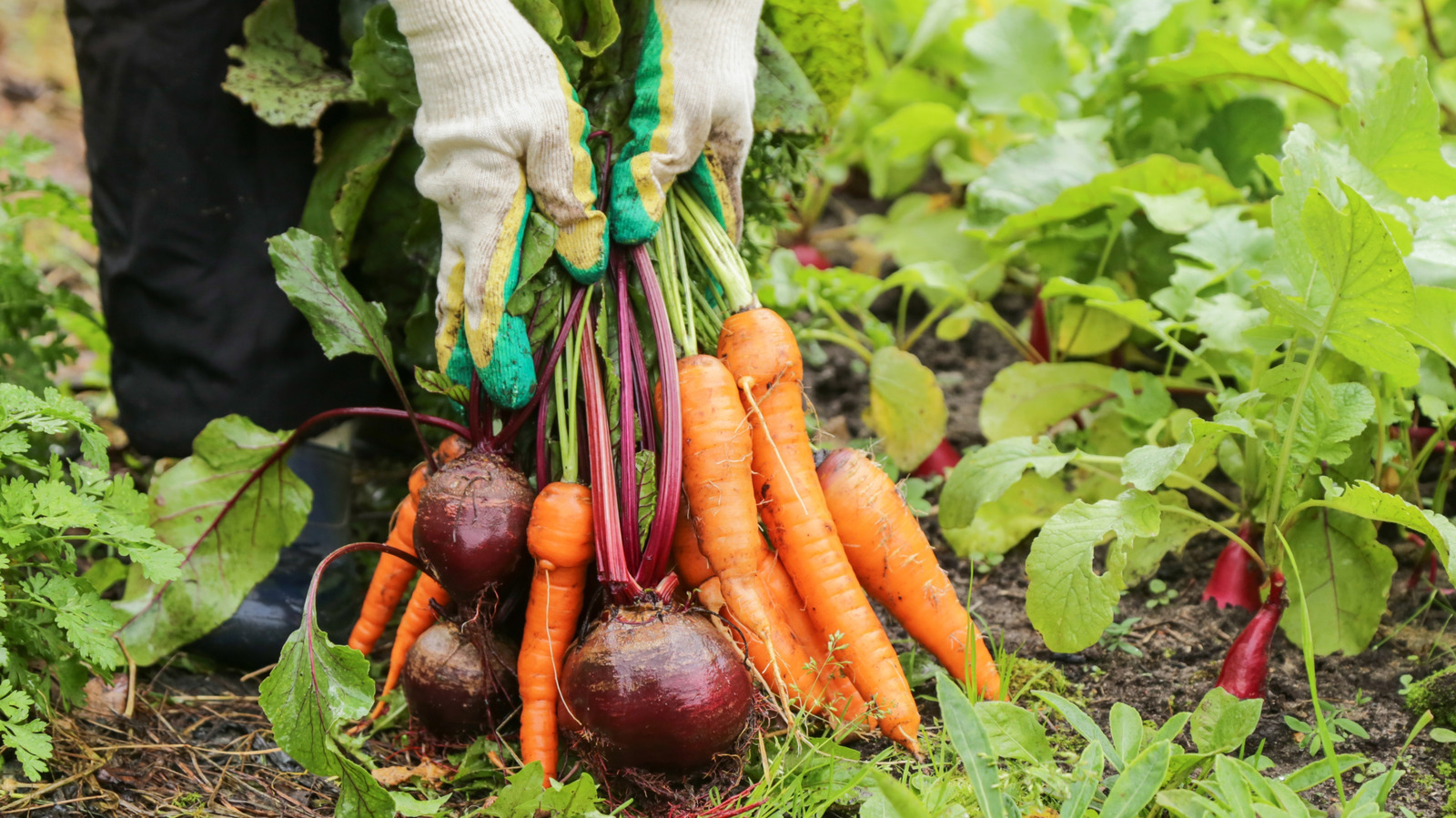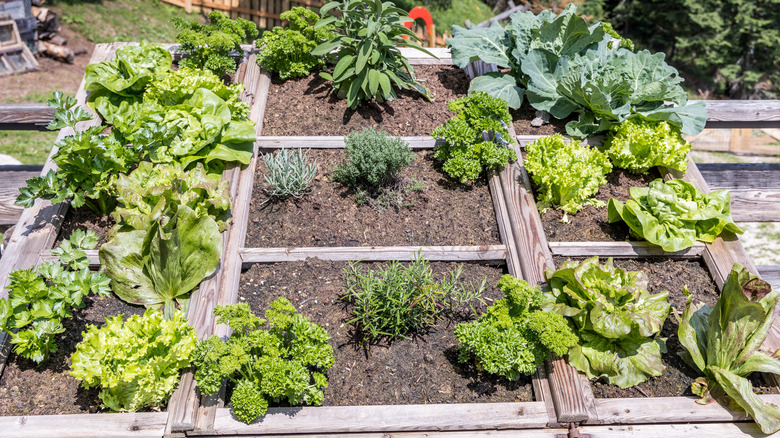You may have heard of companion planting, such as planting marigolds next to your tomatoes to deter pests, but do you know about the benefits of intercropping? Intercropping is an ancient method that involves using different kinds of plants to create a garden that mimics how crops would naturally grow in the wild. If it is done well, it can help significantly with pest control. The reason it’s so effective at keeping pests at bay comes down to the fact that different types of plants attract different types of pests, and this makes it harder for any one pest to spread and take over the garden.
But pest control isn’t the only thing intercropping is good for. It also helps enhance soil health, improve your harvests, and promote biodiversity. According to our exclusive conversation with Easy Garden Irrigation gardening and greenhouse expert Lucie Bradley, besides being a hack to rid your vegetable garden of pests, intercropping also allows home gardeners to make the most of the space they have. “It’s a great way of making the best of limited space as you can select two crops which won’t compete with each other for space, such as growing a tall upright crop like climbing beans with a short, ground cover crop such as squashes,” she says. Intercropping may sound complicated, but it’s possible even for beginner vegetable gardeners.
Why (and how) to use intercropping in your veggie garden
If you find yourself grappling with pest control and are reluctant to rely on chemicals, your vegetable garden probably needs intercropping. The right crop combinations can reduce plant-specifc pests and mitigate the threat of disease. A perfect partnership, for example, involves onions and carrots, as onions fight off carrot flies and carrots repel onion flies. Intercropping can also improve the soil health of your garden. A classic combination for this, used by indigenous peoples in Mesoamerica and still employed by farmers in the region today, is planting corn, beans, and squash together, a trio known as the Three Sisters. The beans (and all other legumes) manage nitrogen content in the soil, which benefits neighboring plants. The squash leaves create shade, helping the soil stay cool and moist.
Intercropping can help you maximize space in your vegetable garden as well, increasing the number of plants you can grow. Crops with deep roots, such as carrots or sweet potatoes, can be intercropped with plants with shallow roots like lettuce, radishes, and spinach. This way the roots won’t be competing with each other. In addition to varying your plants by root length, you can also combine both fast and slow-growing crops. This means you will have different harvests at different times, so you won’t be eating just kale and tomatoes all season. An added benefit is that the slower-growing plants can take advantage of the protection of the fast-growing crops while they are young and vulnerable, and then mature after the fast-growing crop has been harvested.
Think of intercropping as diversifying your vegetable garden. When one harvest is ready, one may just be getting started. And if one crop fails completely, there will be several others to back it up.






